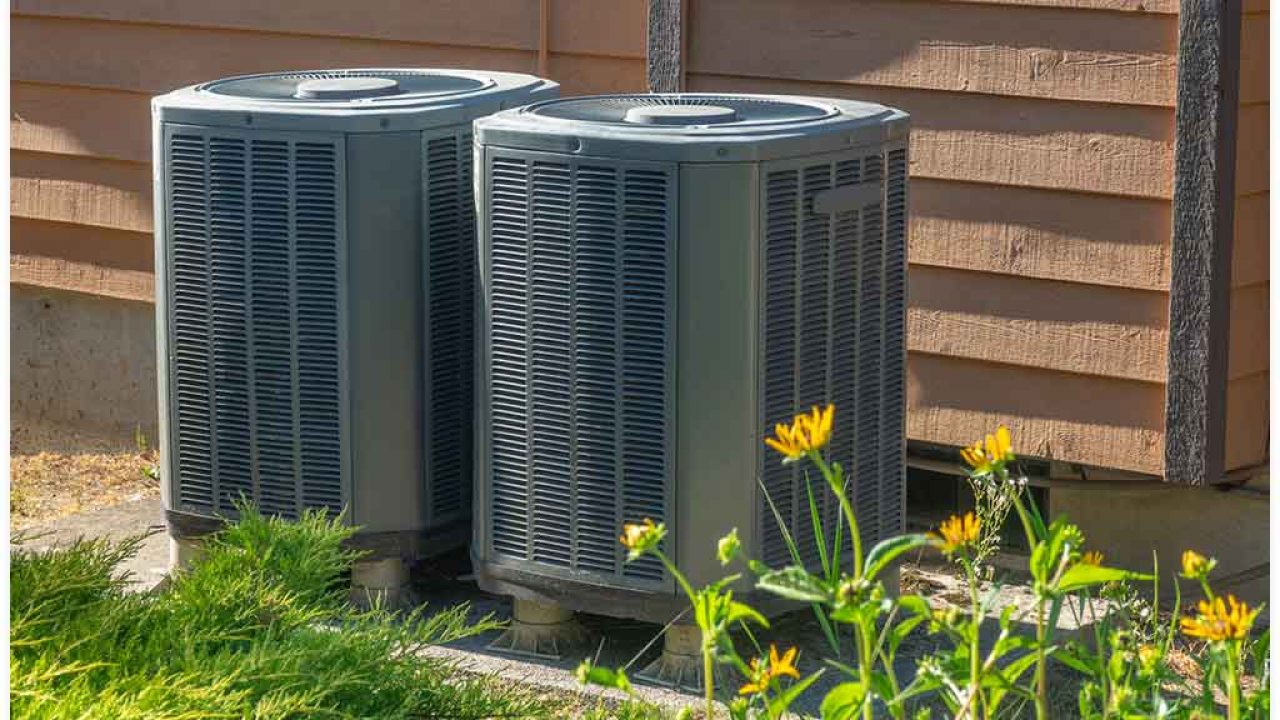
Home Furnace Maintenance: Your Comprehensive Guide
Winters can be harsh and brutal, but having your trusty furnace to keep you warm is a blessing. A furnace is a significant investment, and that is why it’s crucial to keep it running well. However, not many homeowners know how to maintain their units, leading to frequent breakdowns, higher electricity bills, or even hazardous health conditions. In this blog post, we will discuss everything you need to know about furnace maintenance. From understanding what a furnace is and the types of furnaces available, to learning the basics of furnace maintenance, we’ve got you covered. Keep your furnace running smoothly for longer and avoid costly repairs by following our comprehensive guide. Whether you’re a new homeowner or have been maintaining your furnace for years, there’s always something new to learn.
What is a Furnace?
A furnace is a heating system usually used in residential or commercial buildings to warm up the space by heating up the air. It includes an electronic control panel and a room thermostat that controls the temperature. There are different types of furnaces, such as an electric furnace, which uses heating elements to heat up the air and pushes it through ductwork. Blast furnaces, on the other hand, are used for smelting ores like iron and gold.
It is essential to maintain your furnace to avoid breakdowns and high energy bills. Furnaces contain safety sensors, switches, and high-limit fuses that can wear out or malfunction over time, causing the system to shut down. Proper maintenance includes replacing filters, lubricating moving parts, and checking for leaks or inadequate airflow. By doing so, you can ensure that your furnace is running correctly and efficiently throughout the year.
Types of Furnaces
When it comes to home furnace maintenance, it’s important to first identify the type of furnace you have. The four main types of furnaces are Natural Gas, Propane, Electric, and Oil. Natural Gas is the most popular choice for home furnaces because it is affordable and readily available in most areas. There are different types of furnaces available as well, such as single-stage, 2-stage, and modulating furnaces. Electric furnaces are typically paired with heat pumps. While natural gas furnaces are commonly used, they may require adding a gas line to homes that currently lack access. Understanding the type of furnace you have is the first step in proper maintenance and repair to ensure it functions efficiently and effectively.
The Basics of Furnace Maintenance
Regular maintenance of your furnace helps ensure that it runs smoothly and efficiently. One essential maintenance task is replacing the air filters every three months. Homeowners must have the furnace installed by two professionally trained technicians to ensure proper installation, which typically takes a few hours. You should also be aware of the costs, risks, and benefits of a repair or new system when deciding whether to repair or replace the furnace.
Annual tune-ups, which include cleaning the blower, dusting off the heat exchanger, inspecting the ducts are the single most important step toward ensuring the longevity of the furnace. Regular furnace maintenance helps avoid problems like carbon monoxide poisoning, as well. These basic steps can go a long way in keeping your home warm and comfortable during the winter.
How often should I change my furnace filter?
The frequency at which you should change your furnace filter depends on various factors, such as the filter type, the level of air pollution in your area, and whether you have pets or allergies.
As a general guideline, experts recommend changing your furnace filter every 1-3 months. However, you may need to change it more frequently if you have pets or live in an area with high levels of air pollution. It’s always best to check the manufacturer’s recommendations for your specific filter to ensure optimal performance.
What steps can I take to ensure my furnace runs efficiently?
To ensure your furnace runs efficiently, you should take the following steps:
1. Replace air filters regularly to improve indoor air quality and make sure the furnace doesn’t have to work harder than necessary.
2. Check and clean vents and ducts to make sure the warm air flows smoothly throughout the house.
3. Schedule annual maintenance check-ups with a professional to ensure your furnace is running at peak efficiency and to identify any potential issues before they become bigger problems.
4. Consider upgrading to a newer, more efficient furnace model, which can save you money in the long run on energy bills.
What are some common signs that my furnace may need repairs?
Some common signs that your furnace may need repairs include: unusual smells or sounds coming from the furnace, inconsistent heating or frequent cycling on and off, an increase in energy bills, poor air quality, or a yellow burner flame instead of a blue one. If you notice any of these signs, it is recommended to schedule a professional inspection and possible repairs to prevent further damage or safety hazards.
A well-maintained furnace not only increases its lifespan but also saves you money in the long run. It is crucial to understand the basics of furnace maintenance, including regular cleaning and inspection, to ensure that your furnace is functioning effectively and efficiently. Knowledge of your furnace and how it works is essential to understand which parts are most vulnerable and need your attention. The type of furnace that you have also impacts your maintenance requirements. Refer to our comprehensive guide on Home Furnace Maintenance to keep your home warm, comfortable, and safe all year round.